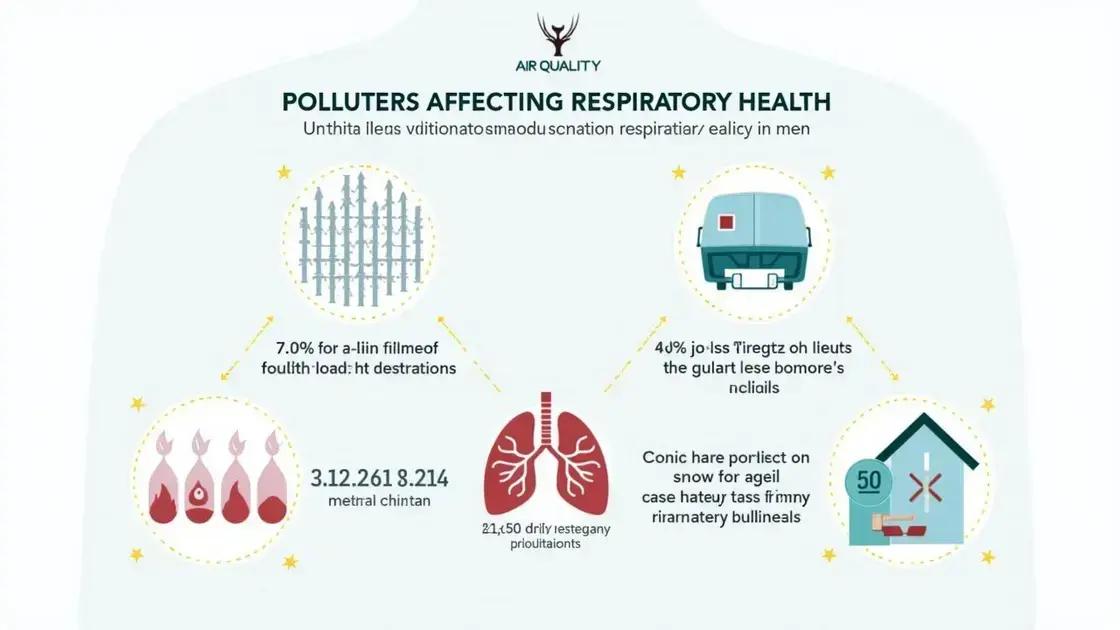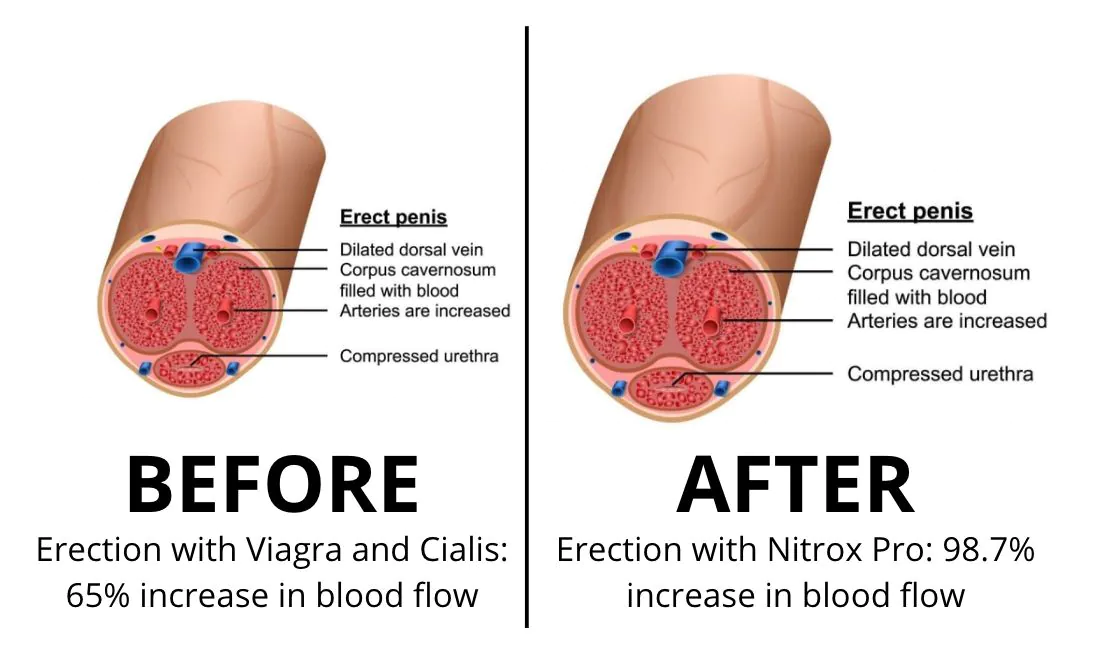Wearable air quality monitors are vital tools for safeguarding men’s respiratory health, providing real-time information on pollutants and allergens, helping users make informed decisions about outdoor activities, and potentially reducing exposure to harmful air quality.
In an era where pollution is a constant threat to our health, wearable air quality monitors emerge as essential tools. These devices help safeguard men’s respiratory health by providing real-time data on air quality. Understanding how these monitors function and their benefits is crucial for everyone who values their well-being. This article delves into the significance of air quality, the role of wearable technology, and the advancements shaping the future of respiratory health monitoring.
Introduction to Wearable Air Quality Monitors

Wearable air quality monitors are essential tools that help individuals track environmental air quality. These small devices can be worn on the wrist or clipped to clothing. They provide real-time data on pollution levels, allergens, and other harmful substances in the air.
How They Work
Most wearable air quality monitors use sensors to detect various gases and particulate matter. When these sensors measure pollutants, the device communicates this data through a smartphone app. This allows users to receive notifications when air quality drops below healthy levels.
Importance for Men’s Health
Men may be at a higher risk for respiratory issues due to various lifestyle factors. For instance, physical activities often take place outdoors, where air pollution can be a concern. Monitoring air quality helps men make informed decisions about when and where to exercise.
Features to Look For
When choosing a wearable air quality monitor, consider features like range, battery life, and data accuracy. Many models also offer GPS tracking to show how air quality changes in different locations. Additionally, some devices can track long-term trends to help interpret health data over time.
Overall, wearable air quality monitors offer valuable insights that support respiratory health, particularly for men who are proactive about their well-being.
The Impact of Air Quality on Respiratory Health

Air quality significantly affects respiratory health. Poor air quality can lead to a number of health issues, especially for those with pre-existing conditions. Pollutants like particulate matter (PM2.5), ozone, and nitrogen dioxide are known to aggravate asthma, bronchitis, and other lung diseases.
Effects of Pollutants
When inhaled, these harmful substances can irritate the airways, leading to inflammation. This inflammation can restrict airflow and make it difficult to breathe. Long-term exposure to elevated pollution levels may even result in chronic respiratory diseases, which can affect overall health.
Statistics on Respiratory Illness
According to health studies, men are more likely to develop respiratory issues due to their lifestyle choices and exposure to pollutants. Statistics indicate that men experience higher rates of lung cancer and chronic obstructive pulmonary disease (COPD) than women, often linked to both smoking and environmental factors.
Vulnerable Groups
Individuals with pre-existing health conditions, the elderly, and children are particularly vulnerable to the effects of poor air quality. It is crucial for men in these groups to monitor their surroundings using wearable air quality monitors, as they offer valuable insights into hazardous air levels.
Investing in ways to improve respiratory health can decrease the risk of serious health problems associated with poor air quality.
Benefits of Monitoring Air Quality for Men

Monitoring air quality provides numerous advantages, especially for men who are keen on maintaining their health. Awareness of environmental conditions is key to making better lifestyle choices. When individuals know the air quality, they can plan activities accordingly.
Avoiding Exposures
For example, if air quality is poor, men can choose to exercise indoors, reducing their risk of exposure to harmful pollutants. This is vital for those who are active but also face higher risks due to respiratory issues.
Improving Health Outcomes
By tracking air quality, men can become proactive about their health. Understanding which pollutants affect them allows them to take preventive measures. This can lead to fewer visits to the doctor and reduced healthcare costs over time.
Enhanced Performance
Good air quality is essential for optimal physical and mental performance. When air is clean, men can breathe easier during workouts and daily activities. Better oxygen flow improves endurance and can even enhance mood and productivity.
Therefore, wearable air quality monitors can empower men to take control of their surroundings, reinforce healthy habits, and ultimately, lead to a healthier lifestyle.
Future Innovations in Wearable Air Quality Technology

As technology advances, the future of wearable air quality monitors looks promising. New innovations are set to improve functionality and accuracy, making these devices more effective for users. One of the exciting developments is the incorporation of artificial intelligence into air quality monitoring systems.
AI and Data Analysis
AI algorithms can analyze air quality data in real-time, providing personalized recommendations based on individual health profiles. This means that by combining health data with air quality information, users can receive alerts tailored to their specific needs.
Integration with Smart Technology
Future devices may also integrate with smart home systems. This allows for automated adjustments to indoor air quality based on outdoor conditions. Users could set preferences, and their home systems would respond by activating air purifiers when pollution levels rise.
Wearable Design Improvements
In terms of design, wearable monitors are expected to become sleeker and more comfortable. Manufacturers may use flexible materials and improved battery technology to create devices that users will want to wear all day without discomfort.
Additionally, future wearable monitors may include functionality to track long-term exposure to pollutants, helping men better understand their health trends over time. These advancements will ensure that wearable air quality monitors remain essential tools for safeguarding respiratory health.
In Summary: Protecting Health with Air Quality Awareness
Monitoring air quality is crucial for maintaining respiratory health, especially for men who may be more susceptible to the effects of pollution. Wearable air quality monitors provide valuable insights that empower users to make informed decisions about their activities and surroundings.
With advancements in technology, such as AI integration and smart home connectivity, the future of these devices promises even greater benefits. By understanding the impact of air quality and leveraging innovative technologies, individuals can enhance their health and well-being.
Ultimately, taking proactive steps to monitor air quality is an essential part of safeguarding respiratory health for a brighter, healthier future.
FAQ – Frequently Asked Questions about Wearable Air Quality Monitors
What are wearable air quality monitors?
Wearable air quality monitors are devices that track the air quality around you, reporting on pollutants and allergens in real-time.
How do wearable air quality monitors help men’s health?
These monitors provide critical data that helps men make informed decisions about outdoor activities, reducing exposure to harmful air pollution.
Can I link my air quality monitor to a smartphone?
Yes, most wearable air quality monitors have companion smartphone apps that deliver real-time data and alerts about air quality.
What features should I look for in a wearable air quality monitor?
Look for features such as real-time air quality tracking, long battery life, comfort, and connectivity with smartphones or smart home systems.
How can air quality impact respiratory health?
Poor air quality can lead to respiratory issues like asthma and bronchitis, as pollutants irritate the airways and impair lung function.
What future innovations can we expect in air quality monitoring technology?
Future innovations may include AI integration for more accurate data analysis, improved designs for comfort, and enhanced compatibility with smart home devices.













